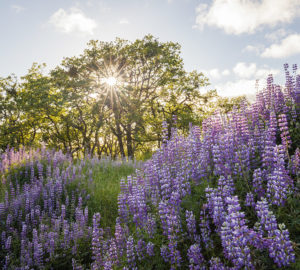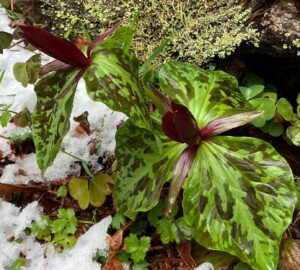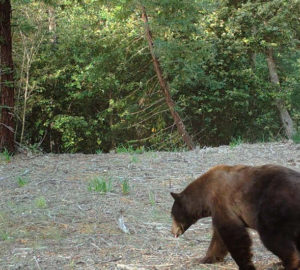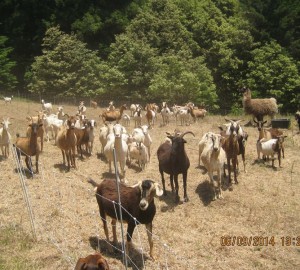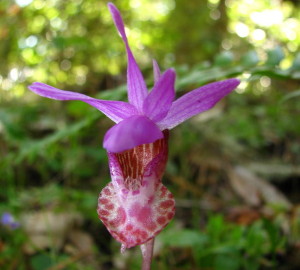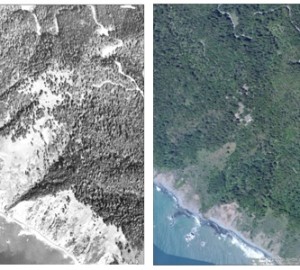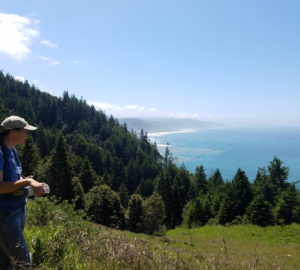 Cape Vizcaino, along the Mendocino coast, is named after Spanish explorer Sebastian Vizcaíno, who is known for mapping much of the area. The League purchased a 401-acre property facing the Cape in 2008 and wanted to know more about the plants within the redwood forest and open meadows to better care for the land. This spring, while the wildflowers were in bloom, we surveyed the area with the California Native Plant Society to map the plants along the coastline.
Cape Vizcaino, along the Mendocino coast, is named after Spanish explorer Sebastian Vizcaíno, who is known for mapping much of the area. The League purchased a 401-acre property facing the Cape in 2008 and wanted to know more about the plants within the redwood forest and open meadows to better care for the land. This spring, while the wildflowers were in bloom, we surveyed the area with the California Native Plant Society to map the plants along the coastline.
The diverse plants and habitat types make ideal homes for many species of wildlife. On the property, there is a forest with several old-growth redwoods, where northern spotted owls can live. In addition to the beautiful redwoods, there are also three amazing meadows along the 1.5-mile stretch of coastline. At the forest’s edge, next to one of the meadows, there is an osprey nest with chicks. The parent osprey can be seen overhead, flying across the meadow to the ocean.
Our hike to identify the various plants started out in the forested part of the property. There, the Society was able to start their plant identification with Yerba Buena, Micromeria douglasii. Spanish for “good herb,” Yerba Buena belongs in the mint family. This plant makes delicious teas that can help with digestive disorders and relaxation.
Another plant that we encountered all over the trail was miner’s lettuce, Claytonia perfoliata. Miner’s lettuce grows along the coastal redwood range and gets its name from the California Gold Rush miners who moved to the state in the 1800s. The miners relied on these greens growing in the understory of redwood forests to get their vitamin C and prevent scurvy.
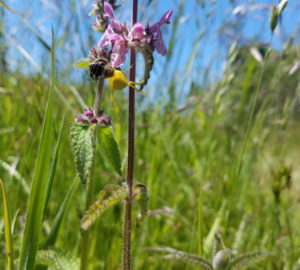
Also growing along the meadow trail were wild strawberries, Fragaria vesca. I wasn’t able to try them on this trip but I’m guessing they might be better than store-bought strawberries.
In total, the California Native Plant Society identified 148 different plants. Most were endemic, but some were invasive. Learning what plants grow on our property is an important aspect of our management and care for places like Cape Vizcaino, and it doesn’t hurt to get a sunny hike in at the same time.
Want to know more about identifying plants and their families? Check out this blog post from our Education & Interpretation Manager Deborah Zierten.

